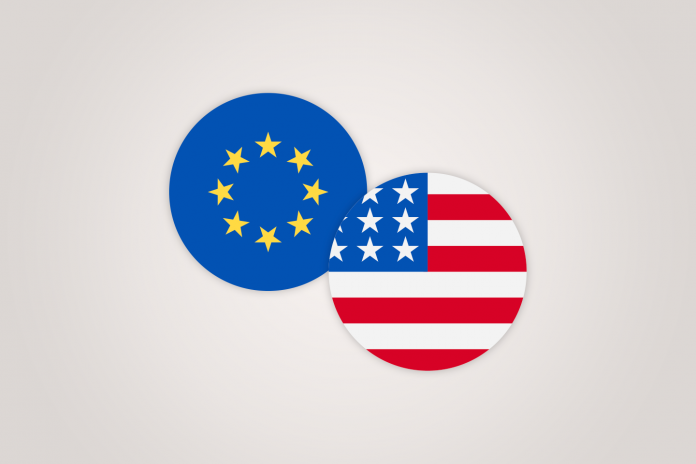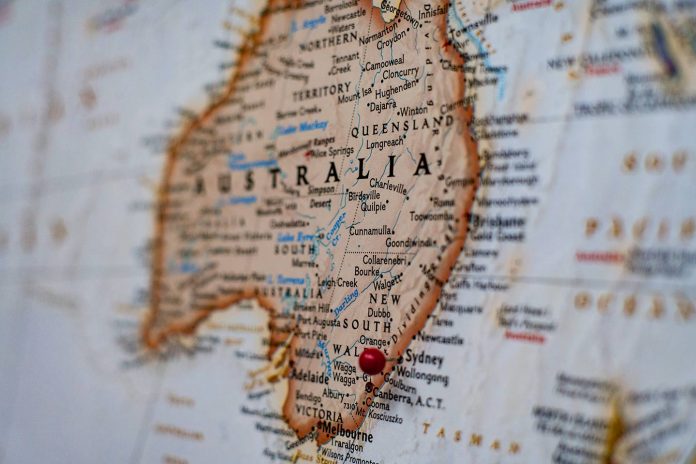The Consumer Price Index (CPI) is a measure of the average change over time in the prices paid by urban consumers for a market basket of consumer goods and services. Indexes are available for the U.S. and various geographic areas. Average price data for select utility, automotive fuel, and food items are also available.
The U.S. Bureau of Labor Statistics (BLS) reports the CPI on a monthly basis and has calculated it as far back as 1913. It is based upon the index average for the period from 1982 through 1984 (inclusive) which was set to 100. So a CPI reading of 100 means that inflation is back to the level that it was in 1984 while readings of 175 and 225 would indicate a rise in the inflation level of 75% and 125% respectively. The quoted inflation rate is actually the change in the index from the prior period, whether it is monthly, quarterly or yearly.
The Consumer Price Index (CPI) produces both unadjusted and seasonally adjusted data.
Seasonally adjusted data are computed using seasonal factors derived by the X-13ARIMA-SEATS seasonal adjustment method. These factors are updated each February, and the new factors are used to revise the previous 5 years of seasonally adjusted data. The factors are available at the U.S. Bureau of Labor Statistics.
For more information on data revision scheduling, please see the BLS Factsheet on Seasonal Adjustment at and the Timeline of Seasonal Adjustment Methodological Changes.





